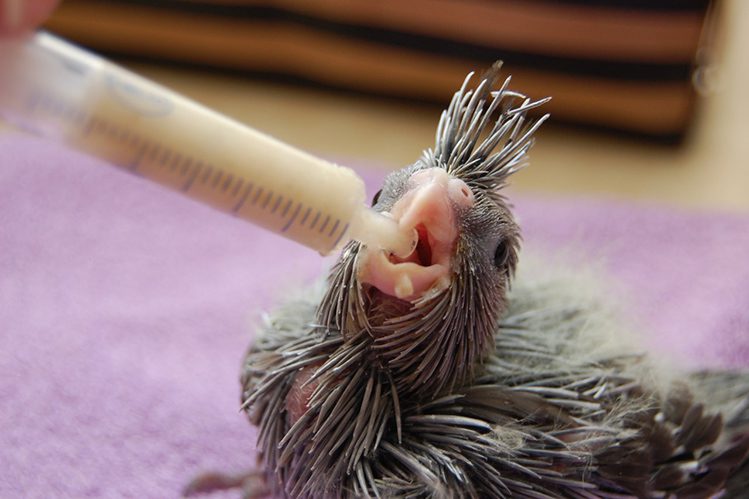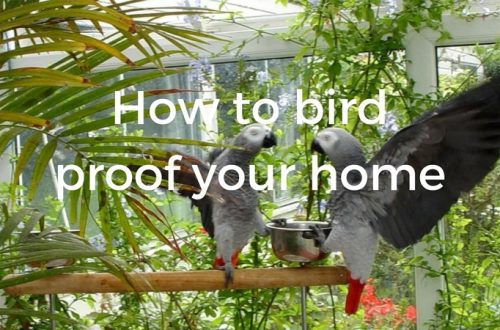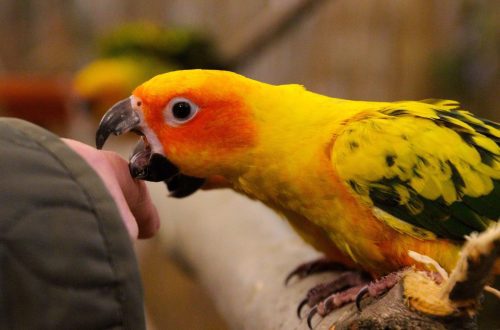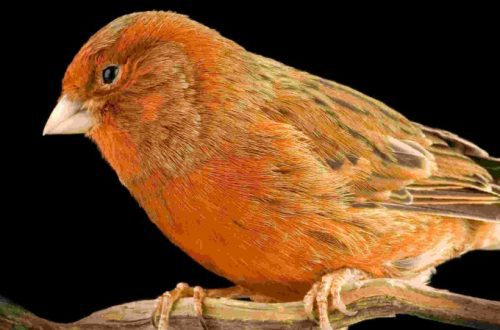
Loro-txitoei jaten ematea
Breeding parrots is an exciting, but very responsible process. When breeding, you need to be prepared for a number of difficulties. Often, the newly-born mother refuses her offspring, and then the care of the life of the chicks falls entirely on the shoulders of the person. How to proceed in this case? Is it possible to feed chicks left without mother’s care?
Mother rejection of clutch or already hatched chicks is a serious problem faced by many bird owners. Unfortunately, the probability of death of babies in this case is very high, so you need to respond quickly and correctly.
In nature, the first food of chicks is goiter mother’s milk. It provides babies with all the necessary nutrients and serves as the basis for rapid and harmonious growth. But under the influence of various factors, the female may refuse to feed her offspring or begin to show aggression towards him, and she has to be isolated. If it is possible to “put” the chicks to another feeding bird, the problem is usually solved. Another parrot takes care of other people’s offspring and raises healthy chicks. But, you see, not every breeder will have several lactating females at the same time, which means that the owner has to organize the feeding of parrot chicks on his own.
Feeding parrot chicks on your own
Experienced craftsmen can feed babies with natural food, preparing liquid gruels from semolina or wheat groats on the water. However, there are a huge number of nuances in feeding chicks, which are extremely difficult to take into account with a natural type of feeding (for example, a strict balance of fats and proteins). The chicks are very weak, and any, even seemingly the most insignificant mistake (insufficient quality cereals and water, the presence of seasoning, etc.) can lead to fatal consequences. Whether it is worth risking the health of newborn crumbs is up to you. But we recommend that you approach the issue professionally and use a special ready-made mixture for feeding parrot chicks.
On the Russian market, such a mixture is represented by the Micropills Baby Birds line. This is a ready-made, carefully balanced mixture that is suitable for the chicks of any parrots and other birds. It is made from delicate fine flour (wheat, peas, chickpeas, lentils) and does not contain soy. The composition of the mixture includes fructose – a natural source of carbohydrate for parrots, and wheat gluten and table egg protein act as a protein source. The complex of nutraceuticals, which is also part of the mixture, strengthens the body and promotes the proper development of organs, which is very important for a fast metabolism. How to use such a mixture?
You will need boiling water to dilute the mixture. The proportions of mixture and water depend on the days of feeding and are calculated in accordance with the attached instructions. For example, in Micropills Baby Birds:
1st day: 1 part food to 4 parts water;
2-3rd day: 2 parts food to 3 parts water;
4-15rd day: 3 parts food to 3 parts water;
from day 16: 5 parts food to 3 parts water.
The first feeding should be carried out 12 hours after the chicks have hatched. While they are very small, it is recommended to feed them once every two hours. Over time, the interval between feedings increases. You can regulate it by filling the goiter in the chicks.

How to prepare and give the mixture?
The optimal amount of the mixture is poured with boiling water and infused for several minutes. When the temperature of the resulting slurry drops to 38 ° C (but not lower than 36 ° C), it is thoroughly stirred and manually given to the chick (from a syringe without a needle or from a special spoon). The finished mixture is not subject to storage, and for each meal the mixture is diluted anew.
The whole cooking process takes a few seconds, and this is very convenient, as it provides significant time savings. All components are calculated in the finished mixture, and you no longer have to worry about the quality of food for the chick.
Many breeders supplement the chicks with clean water, but this is not necessary, as the porridge contains enough liquid for the chicks.
Gradually, you need to start feeding the kids from a teaspoon. Chicks must learn to take food from a spoon on their own. As a rule, at first they eat without appetite, but, having got used to it, they themselves open their beak at the sight of a spoon brought to them.
Birds grow very quickly, and when your parrot is 1 month old, it can already be transferred to adult food – most importantly, gradually. Usually, special balanced ready-made feeds are introduced into the diet of the chick as soon as he learns to fly. When choosing food, give preference to trusted brands, because the health of your wards depends on the quality of the diet.
Do not forget about clean water and mineral stone (or top dressing). From the moment of transfer to adult food, they should always be in a cage.
Health to your chicks, and let them grow bright and strong!





